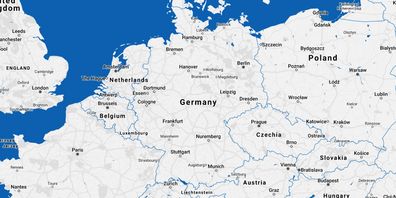
Dentistry, Department
Medizinische Fakultät Heidelberg
Ruprecht-Karls-Universität Heidelberg
Im Neuenheimer Feld 672
D-69120 Heidelberg
https://www.uni-heidelberg.de
Uni Heidelberg
Department on the internet
Degree courses with details

Map material from the free geographic information system OpenStreetMap. The DAAD explicitly does not adopt the information provided there (names, boundaries, etc.) in every case. No guarantee is given for the accuracy of this information.
Legend:
- Department
Basic information
- Total number of students at the department
600
- Provision of instruments pre-clinical
no data
- Provision of instruments for clinical studies
no data
Support during the study entry phase
- Total score for support in the study entry phase
13/14 points
Research
- Publications per professor
20.6
- Habilitation treatises in ten years
no data
- Citations per publication
4.3
- Third party funds per professor
no data
- Doctorates per professor
4.5
- Research reputation
34.1%
Students' assessments on undergraduate, presence-learning-courses
- Teacher support
- Support in studies
- Study organisation
- Exam organisation
- Digital teaching elements
- Research orientation
- Introduction to scientific work
- Offers for career orientation
- Support for stays abroad
- Rooms
- Library
- IT-infrastructure
- Phantom Heads
- Overall study situation
- Return rate of the questionnaires
145
Further information provided by the department
Special features regarding teaching
Special features regarding the international orientation
Special features regarding the equipment
Special features regarding research activities
Other special features
Further information on research activities
Further information about study entry phase
Website of the Student Council
online-application
Legend
Groups
green
yellow
red
Acronyms
(S) = Students' judgements
(F) = Facts
(P) = Professors' judgements
Units
Value in percent
Value in points
Euro
Thousand Euro